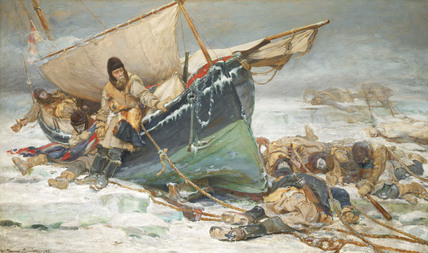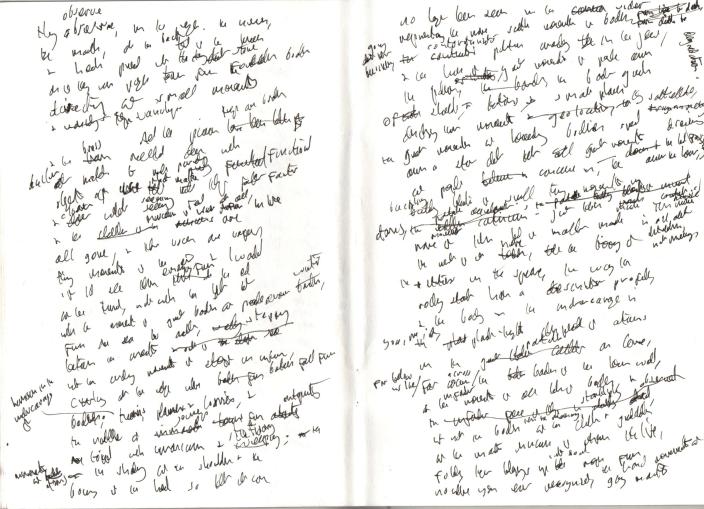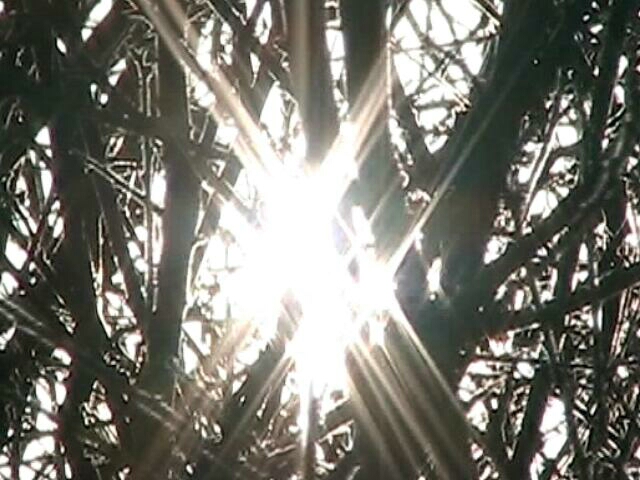
A couple of years ago I read some poems at Scaledown, at the King and King pub on the corner of Foley Street and Cleveland Street, opposite London’s last remaining workhouse, a bare, even minimal, Georgian structure. Dickens grew up around here, when the workhouse was full of Imperial Britain’s underserving poor, and it’s likely the germ of Oliver Twist comes from the Cleveland Street workhouse, and the childhood of Dickens.
Bob Dylan made his debut London concert appearance here on 23 December 1962, where he met Martin Carthy, who waived him through the door and invited him to play. Later, they went back to Carthy’s flat in Belsize Park, and smashed up a piano and set fire to it to generate heat – yeas before The Who or Hendrix set about their auto-destruction. It was on this night, I surmise, that Dylan heard Lady Franklin’s Lament AKA The Ballad of Lord Franklin for the first time, and used the tune soon afterwards for his own Bob Dylan’s Dream, recorded the following April and released on The Freewheelin Bob Dylan.
The Ballad of Lord Franklin drew its tune from a much older source, however, an Irish air named Cailín Óg a Stór (O Darling Young Girl) which was first registered in 1581. The same tune is used for The Croppy Boy about the 1798 uprising. John Franklin’s expedition to the Arctic set off in May 1845. By the September of the following year, his ships, HMS Terror and Erebus, became trapped in ice off King William Island. Numerous rescue expeditions resulted in yet more Victorian men and ships lost to the Arctic wastes, and in 1854, a Dr John Rae of the Hudson’s Bay Company, now a popular department store, learnt from local Inuit hunters that the surviving sailors of the Terror and the Erebus had failed in their last desperate attempts to reach safety, and some resorted to cannibalism before their own deaths. Dr Rae reported what he had been told, was vilified and disgraced, and another four decades of fruitless searches continued. Blade-cut marks on the bones of some of the crew found on King William Island confirmed Dr Rae’s report.
In September 2014, the wreck of the Erebus was discovered resting at the bottom of Queen Maud Gulf. I was working as a freelance sub editor on The Observer at this time, and was working through a story about the discovery and retrieval of the wreck and had to check a number of the place names for this uninhabitable area of the Earth as part of the job of work. This led me to think about how we give names to the wilderness, and what naming means.
After publishing this blog a year ago, the poem has continued to morph and develop, and the most recent version brings the mighty Martin Carthy into the room. I had tried to float that Irish Air through the poem, too,
Names for the Wilderness
Between the first album and Freewheelin
Bob Dylan hears Martin Carthy sing
the Ballad of Lord Franklin upstairs at
the King and Queen one winter’s night
on Cleveland Street, 1962, every letter of
his name the head of a trail of breadcrumbs
through the north wind, sea tales indented by
the following sad refrain: I dreamed a dream.
The names we give the wilderness, as if by
naming it we own it, as if a name will be enough.
Franklin’s ships, The Terror and The Erebus,
hang suspended in frozen ocean, and all their crew
are spirits, sire, rendered pale as air, pointing up
at Jupiter in the evening sky, one winter’s night
on Cleveland Street, Bobby in the top room
feeling a new tune coming down the pipe,
the barman in the cellar rolling new barrels
into place, the stout and then the bitter.



